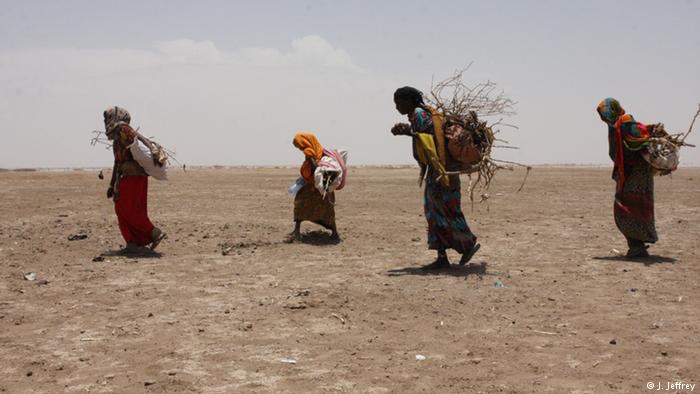News & Updates
East Africa Facing a Hunger Crisis
06 October 2017

East Africa is facing a monumental hunger crisis with 24 million people affected in Ethiopia, Kenya, Somalia and South Sudan. 15 million children in the region are facing health risks due to ongoing drought and insecurity. Of them, approximately 800,000 are severely malnourished and at risk of starvation. This largely pastoral region has been hit particularly hard by drought as it has resulted in an immense loss of livestock, and poor body conditions for the cattle, sheep, goats and camels they still have. Families have lost all of their capital as their herds and flocks succumb to the unrelenting conditions.
The combination of drought, El Niño and conflict has left East Africa struggling to survive. The south and east regions of Ethiopia are in peril. A prolonged drought, which began two years ago, is affecting 8.5 million people. These conditions are not expected to improve as the October-December rains are expected to be below normal, leaving Ethiopia with little chance of recovery. Drought in the north and east regions of Kenya has depleted the area. Approximately 3.4 million people are in need of food aid and clean water. Somalia has also faced a two year long drought. Coupled with insecurity, this hunger crisis is affecting 6.2 million people within the country. In South Sudan, half of the country – approximately 6 million people – is facing a hunger crisis. This has been exacerbated by conflict preventing food aid from reaching the affected people.
The UN has called on more investment in long-term projects and cooperation among governments and organisations in order to combat this growing food crisis. Investment in long-term projects to protect people from drought will be necessary to prevent another widespread food crisis like this. In order to combat this crisis, the UN has called on NGOs and governments to work together. It has become far too big of a crisis for individual entities to have combat it alone, and cooperation and synergy between many groups will be the key to preventing large-scale devastation.
More than 350 humanitarian and development leaders, decision makers and advisors committed to achieving the Sustainable Development Goals (SDGs) in the region will gather in Nairobi, Kenya at the Aid and Development Africa Summit on 27-28 February 2018.
Expert speakers including Sunya Orre, Director of Technical Services, National Drought Management Authority, Olawale Maiyegun, Director, Department of Social Affairs, African Union Commission, Esther Muiruri, Board Member, Kenya Red Cross Society, Mathias Lardinois, Programme Coordinator, Belgian Food Security Programme, Raphael Obonyo, Africa’s Representative to the Global Coordination Board, World Bank Group and Walter Odero, Country Economist, African Development Bank Group will examine disaster response activities to recent drought in East Africa, identifying best practice, challenges and how to ensure effective drought response and humanitarian aid coordination.
A particular focus will be given to improving preparedness and proactive mitigation, risk management, community engagement and initiatives for ensuring better recovery and resilience. The agenda will also look into ways to incorporate governmental and private insurance, donor community resources, and financial strategies into drought preparedness plans.
The Aid and Development Africa Summit advocates for cross-sector approach through inclusive, effective collaboration and coordination between national and international NGOs, government and UN agencies, Red Cross, donors, investors, development banks and the private sector.
For more information or to find out how you can participate, please visit the website.
Image source: DW